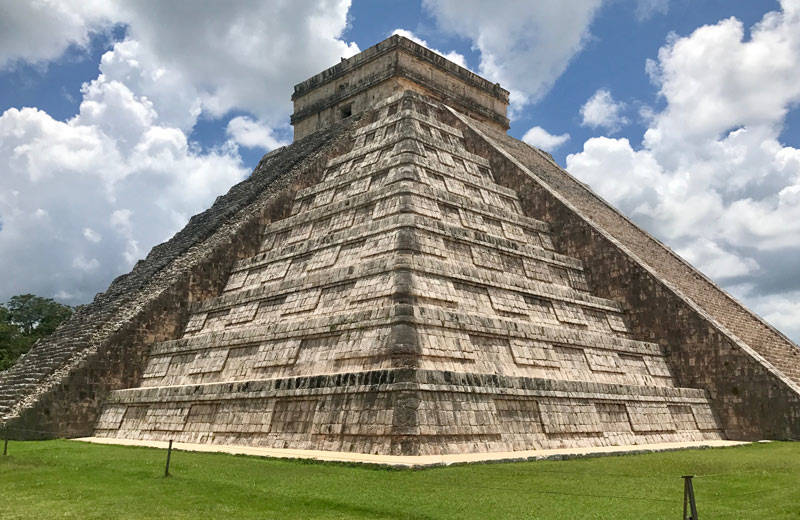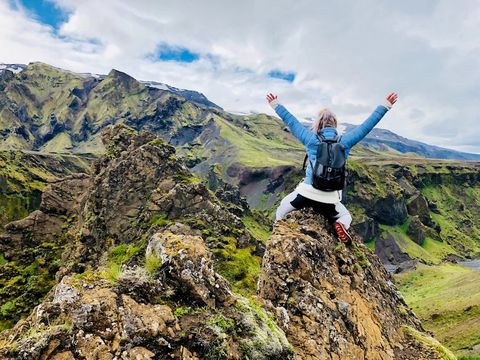With over 400 million speakers worldwide, Spanish has the second most native speakers on Earth (following Chinese and before English on the list). This fact influences the choice of many language learners, with Spanish being the most popular foreign language to learn in the United States.
Spanish and English have many cognates (words with common etymological origins), making it one of the easier languages for English speakers to learn. Spanish learners can also easily listen to authentic Spanish media, with a wide variety of music, award-winning cinema, and podcasts available online. Spanish-speaking cultures have also produced a wide array of delicious cuisines and some of the world’s most popular dances (salsa, tango, and flamenco, to name a few). Did we mention that almost every Spanish-speaking country has killer beaches?
Whether you’re learning Spanish to embark on a tequila and taco-tasting expedition through Mexico, take flamenco lessons from a Spaniard, or just finally be able to sing along with “Despacito,” chances are that knowing Spanish will facilitate some of the most unforgettable experiences in your life.
Spanish-Speaking Countries:
- Mexico
- Colombia
- Argentina
- Peru
- Venezuela
- Chile
- Ecuador
- Guatemala
- Cuba
- Bolivia
- Dominican Republic
- Honduras
- Paraguay
- El Salvador
- Costa Rica
- Puerto Rico
- Panama
- Uruguay
- Spain
- Equatorial Guinea

Learn Spanish vocabulary
The Largest Spanish-Speaking Country
As you may have guessed, those 400 million speakers aren’t all crammed into Spain. You may be surprised to find out that Spain can’t even claim to have the largest Spanish-speaking population – that honor belongs to Mexico, with 122 million speakers. Spanish is currently spoken in the United States by around 52 million people, 41 million of whom are native speakers. According to Instituto Cervantes, the United States is projected to surpass Mexico by 2050.
How Many People Speak Spanish in the World
In addition to the approximately 5.6% of the world population that speak Spanish as a native language, an estimated 135 million people speak Spanish as a second language, including 21 million current students of Spanish. With the projected number of speakers only predicted to increase, Spanish makes a fantastic choice of language to learn, as resources such as Lingvist’s Spanish course and available study partners will never be in short supply.
Map with color-coded key:  By: Gabbykawaii07, CC BY-SA 4.0, via Wikimedia Commons.
By: Gabbykawaii07, CC BY-SA 4.0, via Wikimedia Commons.
| Spanish as official language. |
| Unofficial, but spoken by more than 25% of the population.(In Sahrawi Arab Democratic Republic it is co-official.) |
| Unofficial, but spoken by 10-20% of the population. |
| Unofficial, but spoken by 5-9% of the population. |
| Spanish-based creole languages spoken. |
Can All Spanish Speakers Understand Each Other?
Though regional dialects abound, the core of the Spanish language is mutually intelligible, meaning people from different countries can generally understand each other. In fact, to remain a dialect of Spanish and not be classified as a new language, a certain (often contentious among scholars) percentage of the language must be mutually intelligible. Difficulties may arise for speakers from opposite sides of the globe, or even opposite sides of a country, in the form of regional slang, divergent pronunciation, and the influence of indigenous or other neighboring languages. It is also important to note that regional dialects do not always respect national borders, as many culturally homogenous groups existed before these lines were drawn.
As such a large number of Spanish speakers in the world reside in Mexico, “Mexico City Spanish” is used as a sort of standard for Latin American Spanish for things such as film subtitles. The Spanish used in Europe is referred to as “Iberian/European Spanish.” To find out more about the differences between these two dialects, check out our guide.
Where Can You Find Spanish Speakers?
Looking to practice your Spanish? There are many gorgeous and culturally diverse countries to visit, each with unique flavors of cuisine and local slang. In (almost) all cases, you’ll want to pack your swimsuit, because Spanish-speaking countries boast some of the most stunning beaches in the world.
Native Spanish speakers can be found on three continents. Spanish is the official language of 20 countries (and one territory – Puerto Rico), which means that it’s the language of official government documents and is taught in schools. Additionally, Spanish is the language spoken by a significant minority in four other countries.

Learn Spanish with Lingvist
Latin America
Mexico
- Famous landmark/tourist destination: Mayan ruins of Chichen Itza
- Famous beach destination: Cancún
- Local slang: “Aguas” literally translates as “water,” but in Mexico it means “Watch out!” See Salma Hayek explaining Mexican slang
- Local flavor: Mole sauce, Mexico’s national dish, is a dark sauce that generally contains a fruit, chili pepper, nut, black pepper, cumin, cinnamon, and chocolate
Colombia
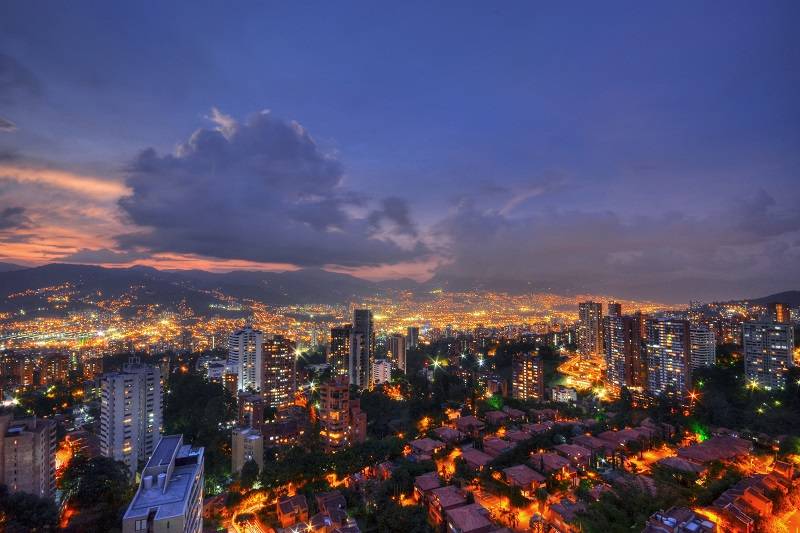
- Famous landmark/tourist destination: Medellín, the “City of Eternal Spring”
- Famous beach destination: Sapzurro
- Local slang: In Colombia, “¿Qué más?” (literally “What else?”) means “What’s up?” Check this list of Spanish greetings to train your ear to the many ways Spanish speakers say hello
- Local flavor: Bandeja paisa is a delicious platter including foods such as plantains (similar to bananas) and chicharrón (pork)
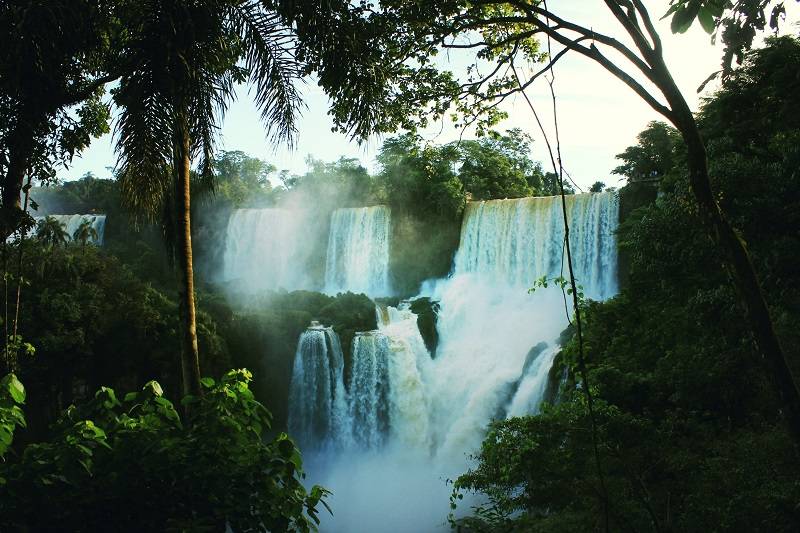
Argentina
- Famous landmark/tourist destination: Iguazú Falls
- Famous beach destination: Mar del Plata
- Local slang: “Che boludo” is a greeting that loosely translates to “Hey dude!”
- Local flavor: “Asado” – Argentinian barbecue
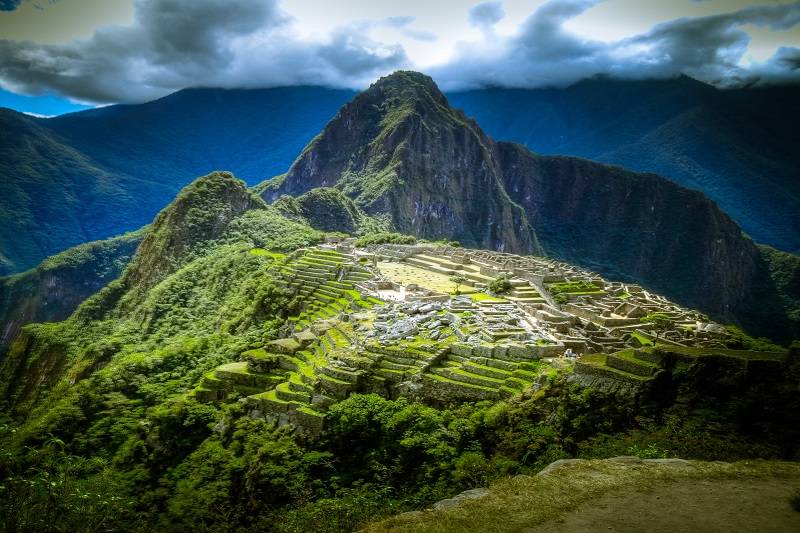
Peru
- Famous landmark/tourist destination: Machu Picchu
- Famous beach destination: Playa Roja (“the red beach”)
- Local slang: If a Peruvian says something is “bacán,” it means it’s cool!
- Local flavor: Peruvian ceviche with fresh fish and lemon
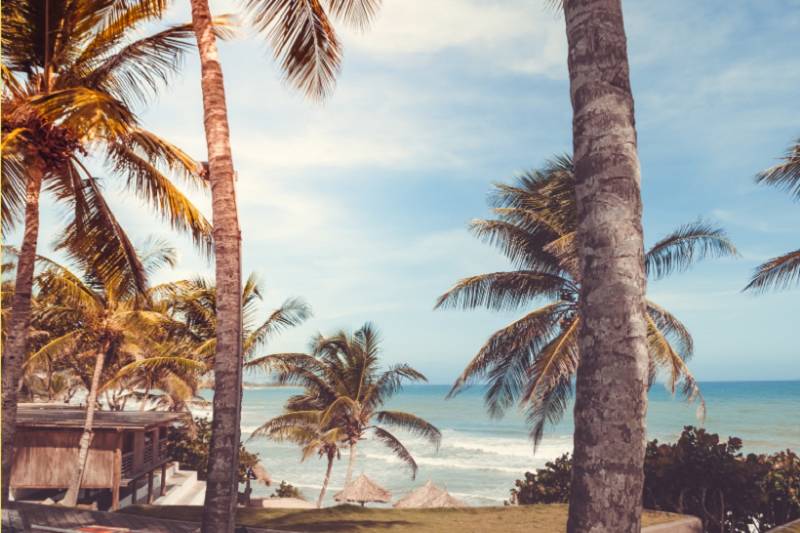
Venezuela
- Famous landmark/tourist destination: The world’s highest waterfall, Angel Falls
- Famous beach destination: Isla de Margarita (Margarita Island)
- Local slang: “Chamo” (or feminine “chama”) means “bro” or “dude”
- Local flavor: Pabellón criollo is a local dish with stewed beef, beans, and rice
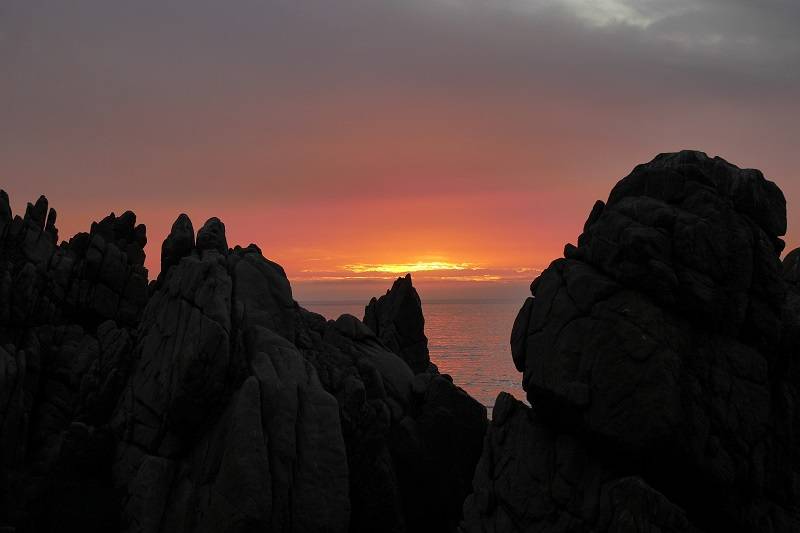
Chile
- Famous landmark/tourist destination: See llamas, alpacas, and volcanoes all in one place: Lauca National Park
- Famous beach destination: Viña del Mar
- Local slang: “Huevón” (also spelled Hueón, weón, or güeón) can mean anything from “friend/bro” to “guy” to “jerk,” depending on the context
- Local flavor: Curanto consists of seafood, meat, and potatoes; traditionally prepared in a hole covered with stones and heated by a bonfire on top
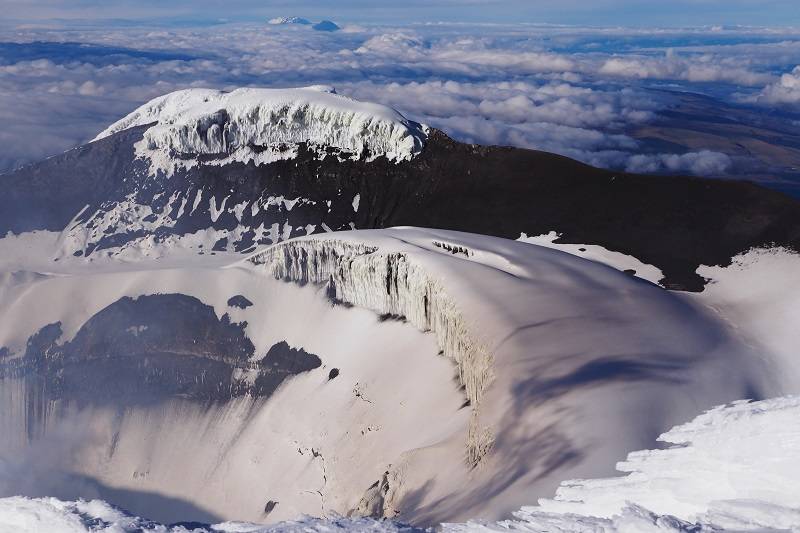
Ecuador
- Famous landmark/tourist destination: Cotopaxi, a glacier and volcano in one!
- Famous beach destination: The famous Galápagos Islands are 1,000 km off the coast
- Local slang: “Pilas” can be used to warn someone to “Look sharp!”
- Local flavor: Ecuadorian ceviche made with shrimp and tomato sauce
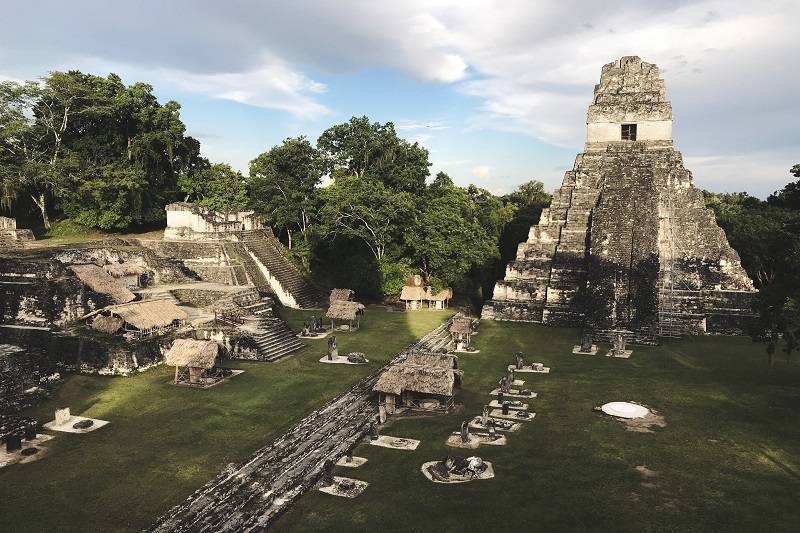
Guatemala
- Famous landmark/tourist destination: Mayan ruins of Tikal
- Famous beach destination: Monterrico
- Local slang: “A huevos” doesn’t mean “to the eggs” in Guatemala, but “for sure”
- Local flavor: Paches is a kind of tamale made from potato
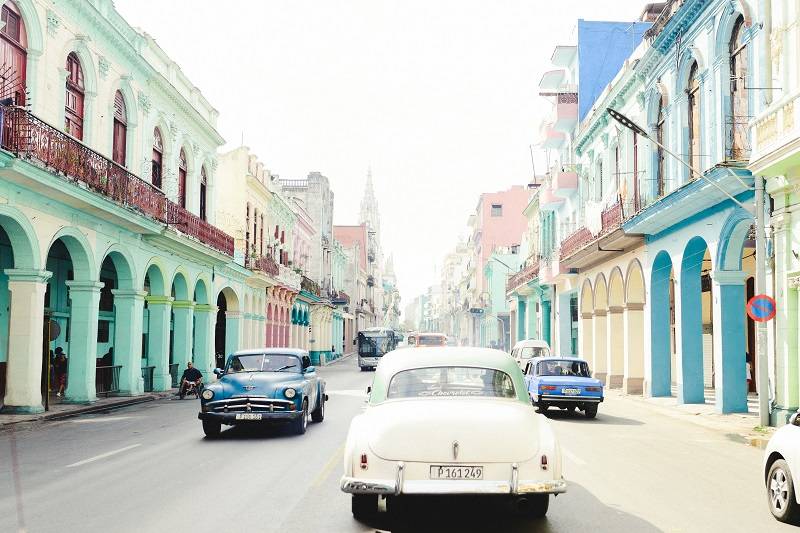
Cuba
- Famous landmark/tourist destination: Old Havana UNESCO World Heritage Site
- Famous beach destination: Varadero
- Local slang: Use “acere” to refer to a friend or “homie,” though its literal translation is “an assortment of smelly monkeys”
- Local flavor: Don’t worry, Ropa Vieja isn’t made of “old clothes,” but rather shredded steak in a tomato sauce base
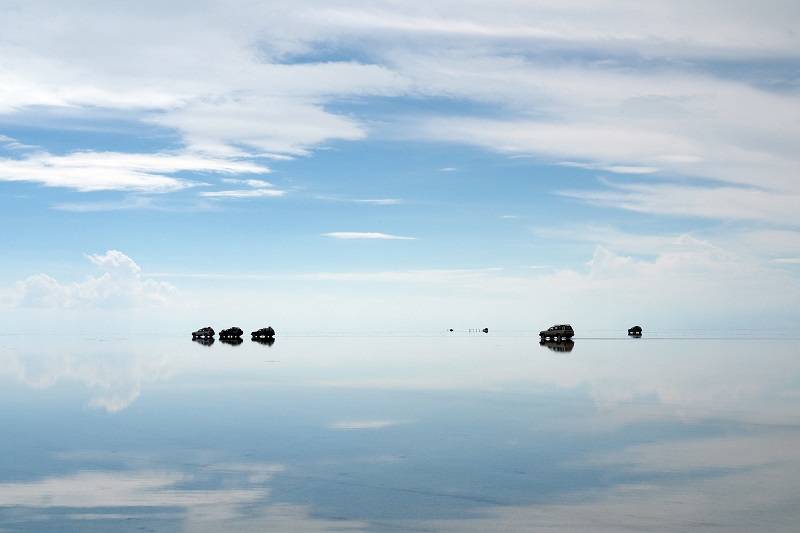
Bolivia
- Famous landmark/tourist destination: Reflective (and very Instagrammable) Salt Flats of Salar de Uyuni
- Local slang: “Pues” is used as a filler word similar to “well” or “then,” or to add emphasis, as in “no pues” (“no way”)
- Local flavor: Salteñas are baked empanadas (pastries filled with meat) containing spicy olives, raisins, and potatoes
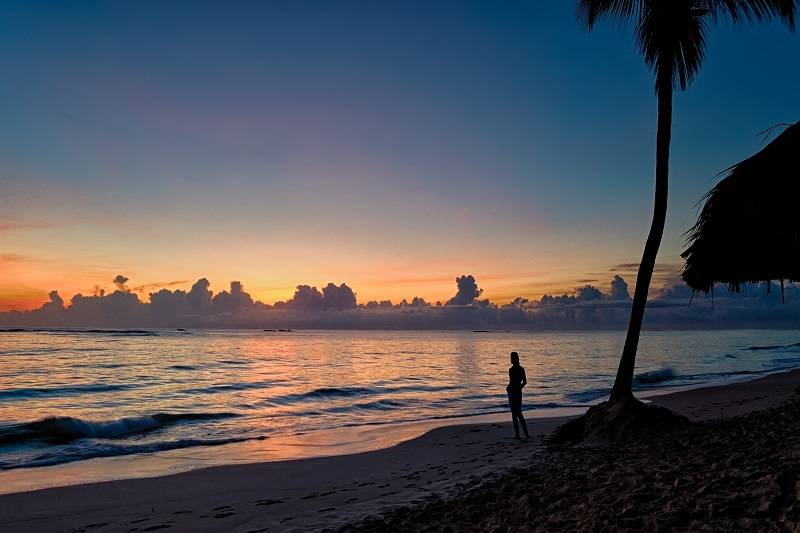
Dominican Republic
- Famous landmark/tourist destination: Santo Domingo’s Ciudad Colonial is where Christopher Columbus first landed in the Americas
- Famous beach destination: Punta Cana
- Local slang: “Qué lo qué” is the local way to greet someone, like “What’s up?”
- Local flavor: Casabe is a bread made out of the indigenous yucca plant
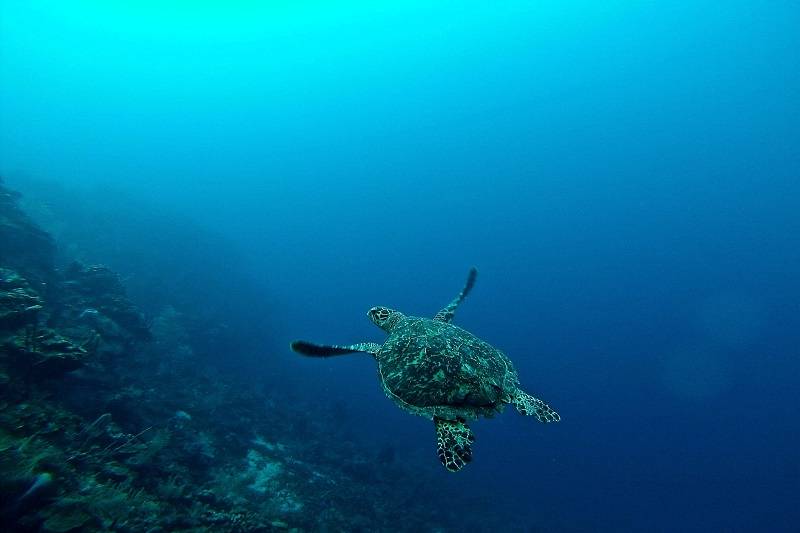
Honduras
- Famous landmark/tourist destination: Copán Mayan ruins
- Famous beach destination: West Bay Beach, Roatan Island
- Local slang: In Honduras, “alero” (“the one on your wing”) doesn’t mean “wingman,” but simply “best friend”
- Local flavor: Olla soup is made with squash and yucca plant
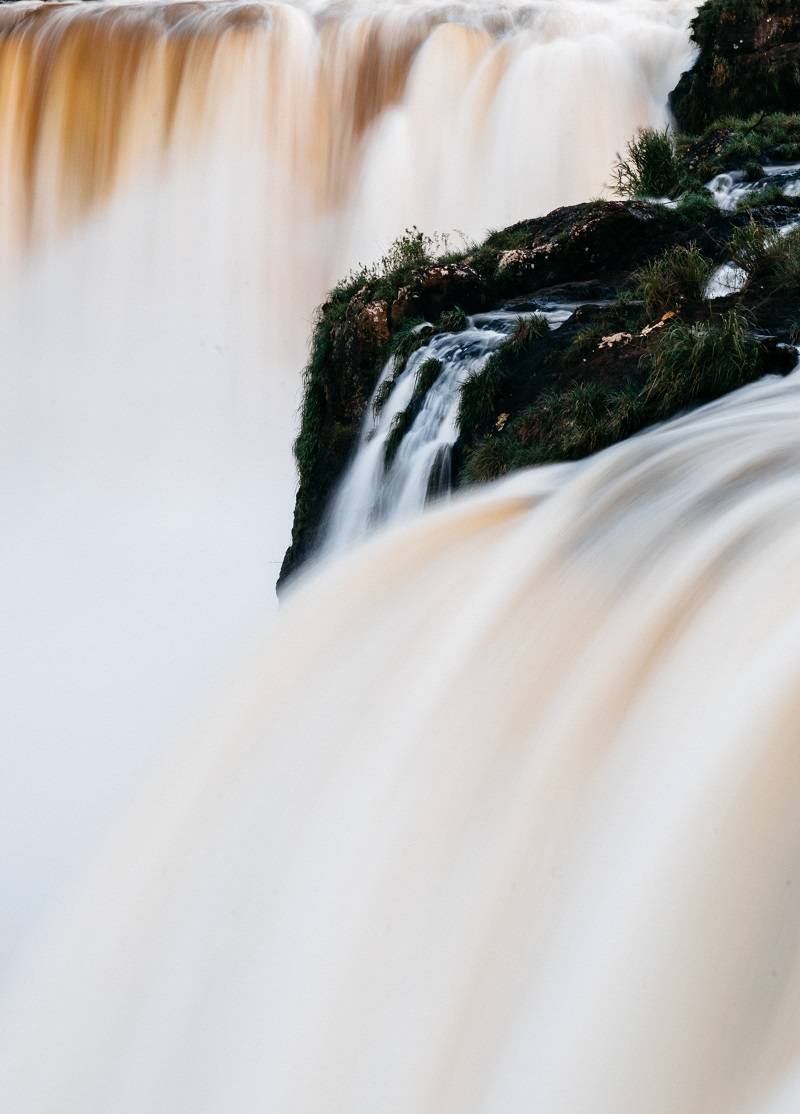
Paraguay
- Famous landmark/tourist destination: Saltos del Monday, a unique reddish-brown waterfall
- Famous beach destination: San José Beach in Encarnación
- Local slang: “Ndaipori problema” (“no problem”) is a combination of Spanish and the indigenous language Guaraní
- Local flavor: Chipa is a bread or cake made from cassava or cornmeal flour, egg, and cheese
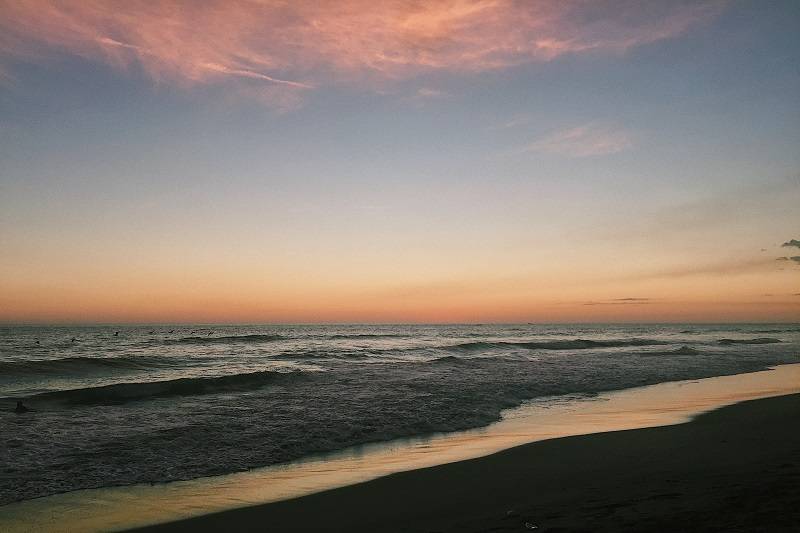
El Salvador
- Famous landmark/tourist destination: Hike along the Santa Ana Volcano
- Famous beach destination: Costa del Sur
- Local slang: “Vaya pues” (literally “go then”) to say “okay”
- Local flavor: Pupusa is a handmade tortilla stuffed with cheese, chicharrón (pork), and refried beans
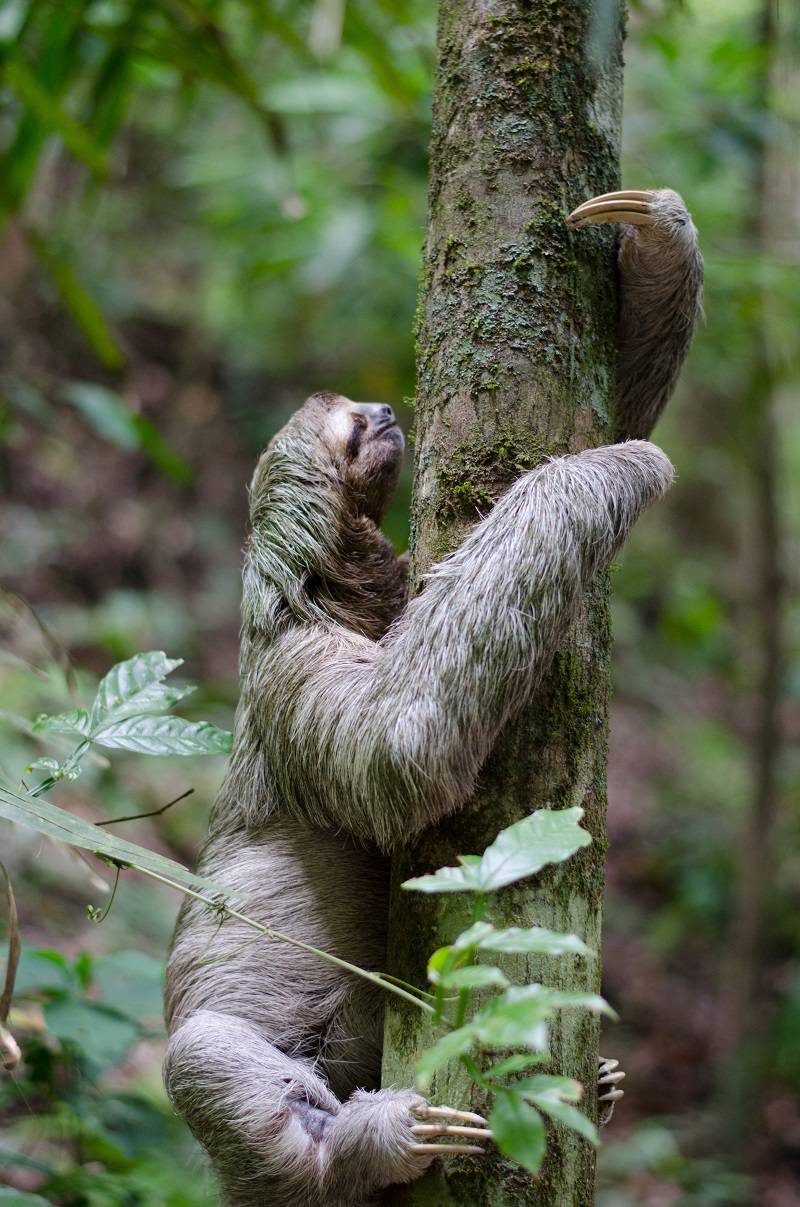
Costa Rica
- Famous landmark/tourist destination: See the striking turquoise green lake in the Poás Volcano crater
- Famous beach destination: At the Manuel Antonio National Park you can relax on the beach or head into the jungle to see sloths, monkeys, and 184 species of birds
- Local slang: “Pura vida” (“pure life”) is used as a greeting or way of saying “thank you” and “you’re welcome”
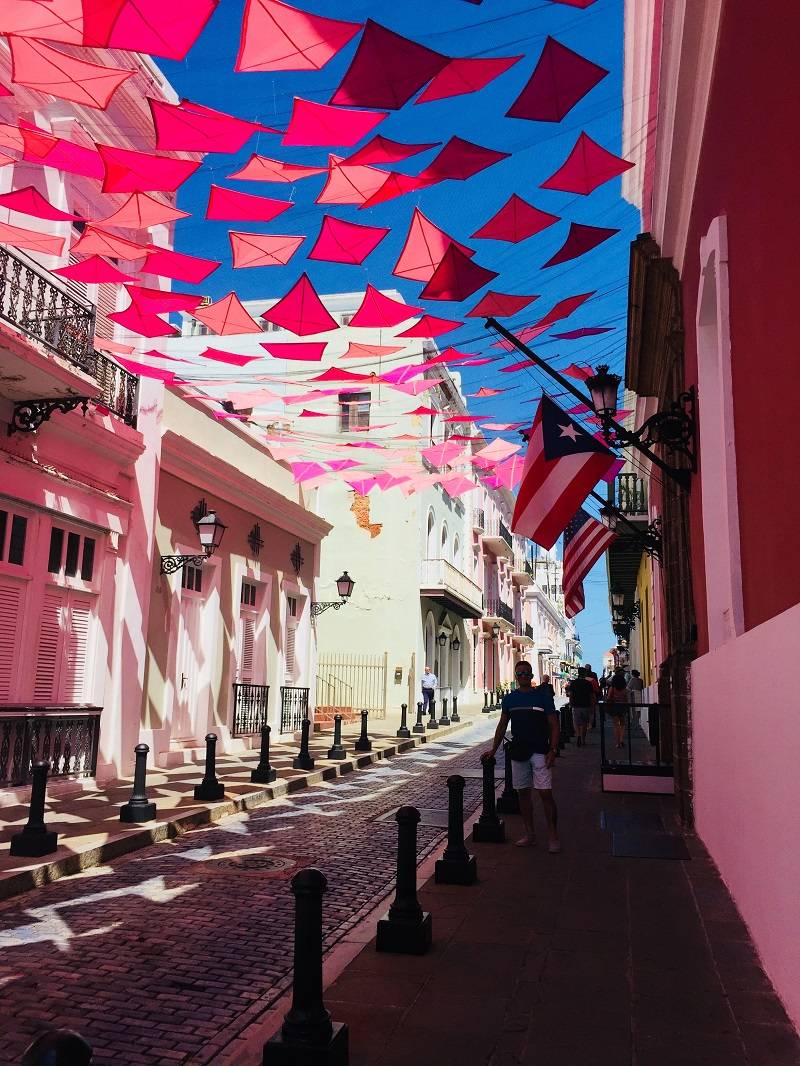
Puerto Rico
- Famous landmark/tourist destination: Old San Juan
- Famous beach destination: Luquillo Beach
- Local slang: “¡Ay bendito!” is an exclamation used like “Oh my god!” in English, for everything from joy and surprise to sadness and outrage
- Local flavor: Mofongo is made of fried and mashed plantains that absorb a garlicky broth or sauce
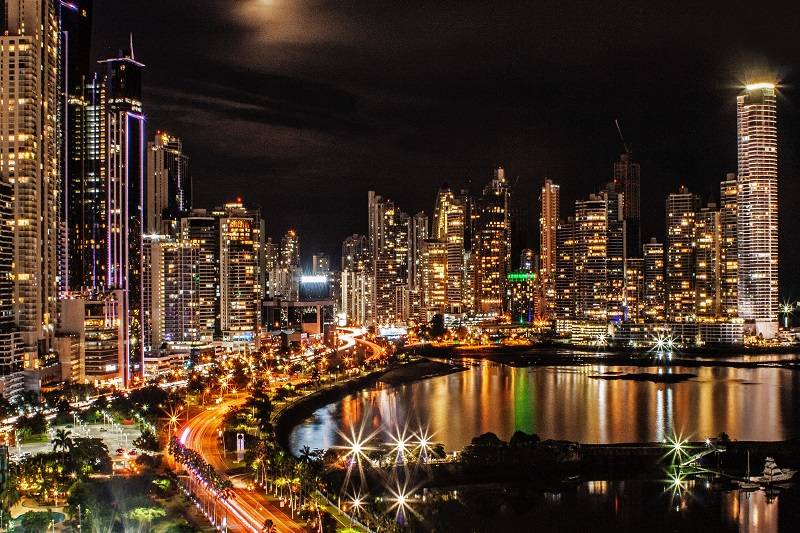
Panama
- Famous landmark/tourist destination: See the Panama Canal pass by Panama City
- Famous beach destination: Visit Cayos Zapatilla, two uninhabited mangrove islands surrounded by coral reefs
- Local slang: “Fren” is derived from “friend” and means just that!
- Local flavor: Palm tree flower prepared like spaghetti
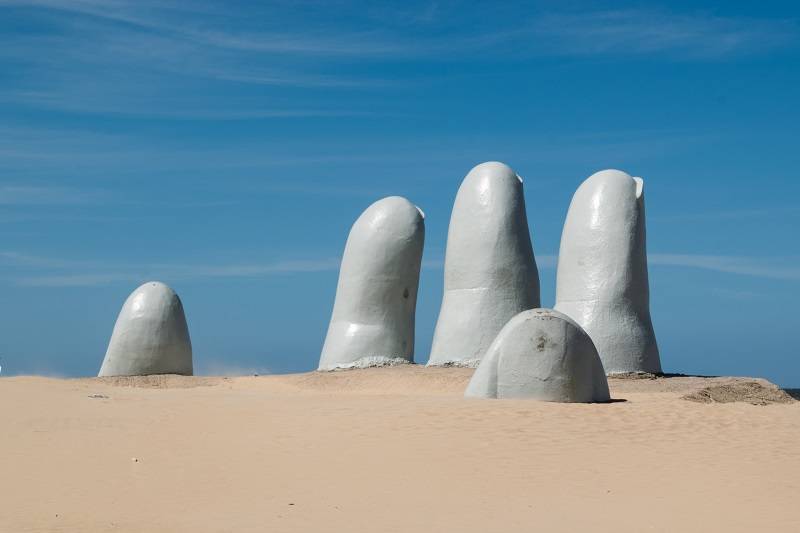
Uruguay
- Famous landmark/tourist destination: The capital city of Montevideo, a mixture of old European architecture and modern skyscrapers, is an important Latin American trade and business center
- Famous beach destination: Check out the famous fingertips emerging from the sand at La Mano de Punta del Este
- Local slang: “Bo” can be used to call someone’s attention, like “hey!” or similarly to “man” in expressions like “What’s up, man?”
- Local flavor: Chivito is a beef sandwich served with egg, bacon, ham, lettuce, and tomato
Europe:

Spain
- Famous landmark/tourist destination: Alhambra is part palace and part fortress, dating back to AD 889
- Famous beach destination: Nova Icaria Beach in the artsy coastal city of Barcelona
- Local slang: Spaniards say “vale” instead of “okay” and often “yes”
- Local flavor: Paella is a dish from the Valencian region containing rice, vegetables, saffron, and often seafood or other types of meat
Africa:

Equatorial Guinea
- Famous landmark/tourist destination: The Basílica de la Inmaculada Concepción de Mongomo is the second largest Catholic church in Africa
- Famous beach destination: As the sixth least-visited country in the world, this small central African nation offers unspoiled beaches such as the Arena Blanca beach on the coastal Bioko Island
- Local slang: The word “chapear” is a verb for “removing weeds”
- Local flavor: Sopa de pescado con cacahuete is exactly what it sounds like, a ground nut soup (“cacahuete” = peanut) with fish, onions, and tomatoes

Learn Spanish vocabulary
Countries with a Significant Minority of Spanish Speakers:
Americas:
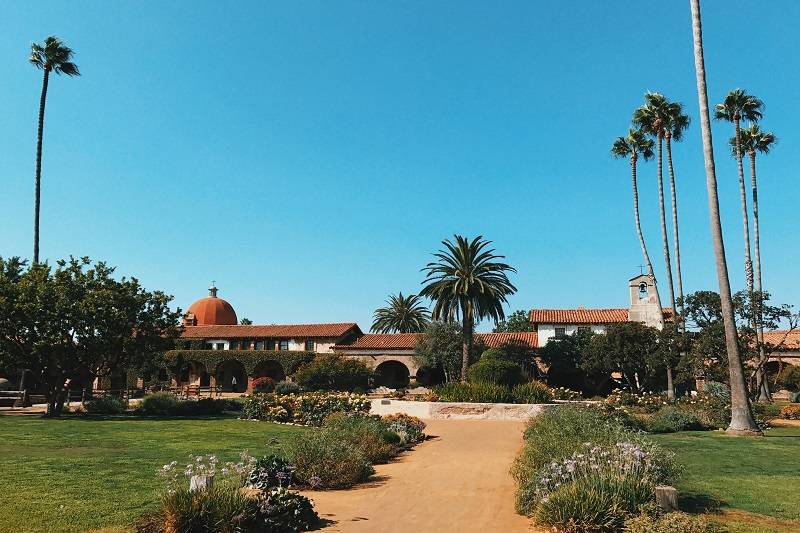
United States of America
- Percentage of Spanish speakers: 13%
- Total speakers: 52,000,000
- Something to see: 21 Spanish missions along the California coast

Belize
- Percentage of Spanish speakers: 30%
- Total speakers: 106,795
- Something to see: Snorkel with manatees
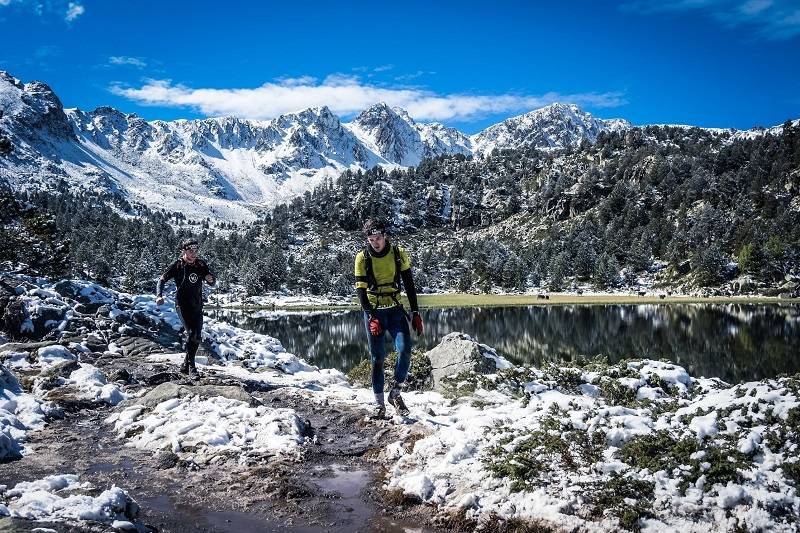
Andorra:
- Percentage of Spanish speakers: 35%
- Total speakers: 29,907
- Something to see: Alpine skiing in Grau Roig

Gibraltar
- Percentage of Spanish speakers: 81%
- Total speakers: 23,857
- Something to see: The only monkey population in Europe – the Gibraltar Barbary macaque
No matter which destination appeals to you, speaking Spanish will undoubtedly make your travels easier and much more enjoyable. If you’re in dire need of a vacation ASAP, Lingvist is the fastest way to learn Spanish. Buena suerte (good luck) with your studies and buen viaje (happy travels)!
